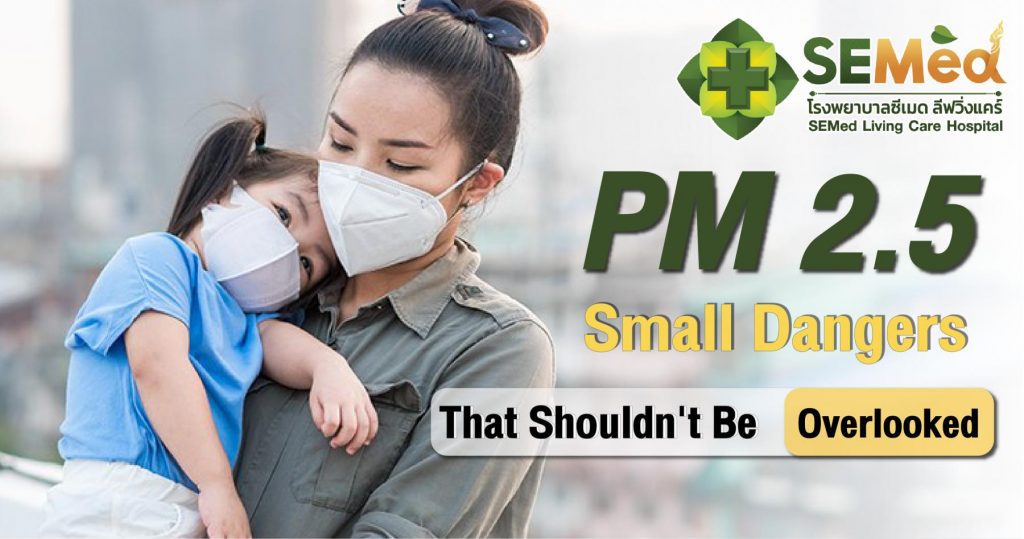
What is PM2.5?
PM2.5 refers to particulate matter with a diameter of 2.5 micrometers or less. These tiny particles include dust, soot, dirt, smoke, and liquid droplets. Due to their small size—about 1/25th the width of a human hair—they can remain suspended in the air for extended periods and be easily inhaled into the respiratory system. Once inhaled, PM2.5 particles can penetrate deep into the lungs and enter the bloodstream, potentially causing various health problems.
What is PM2.5 and Where Does It Come From?
PM2.5 refers to particulate matter that is 2.5 micrometers or smaller in diameter. These particles include dust, soot, dirt, smoke, and liquid droplets. Due to their tiny size—about 1/25th the width of a human hair—they can remain airborne for long periods and penetrate deep into the lungs and bloodstream when inhaled, causing various health issues.
Common Human-Made Sources of PM2.5:
- Traffic Emissions: Vehicles produce PM2.5 through exhaust fumes.
- Industrial Processes: Factories and industrial activities release PM2.5 into the air.
- Building Construction: Construction activities generate dust and particulate matter.
- Open Burning and Grilling: Activities like burning waste or grilling food release PM2.5.
- Smoking: Cigarette smoke contributes to PM2.5 levels.
Environmental Conditions for PM2.5 Accumulation
Cold and dry air, high atmospheric pressure, calm weather, and still winds contribute to the accumulation of PM2.5 in the air, making it more persistent and less likely to disperse.
Health Effects of PM2.5
Short-Term Effects:
- Coughing and Sneezing
- Skin Irritation: Rash and itching
- Eye Irritation: Burning, redness
Long-Term Effects:
Cardiovascular System:
- Arrhythmia (irregular heartbeat)
- Increased risk of sudden cardiac arrest
- Heart attacks
- Stroke
- Hypertension (high blood pressure)
Respiratory System:
- Asthma
- Chronic obstructive pulmonary disease (COPD)
- Increased respiratory infections
Lung Cancer
Diabetes
Reproductive Health:
- Increased risk of miscarriage
- Premature birth
- Developmental and neurological effects on fetuses
Vulnerable Populations
- Children: Higher respiratory rates and developing lungs make them more susceptible.
- Elderly: Age-related decline in respiratory function increases vulnerability.
- Pregnant Women: Developing organs of the fetus can be affected by PM2.5 exposure.
- Individuals with Pre-existing Conditions: PM2.5 can exacerbate conditions like allergies, asthma, and cardiovascular diseases.
- Outdoor Workers: Traffic police, street cleaners, street vendors, and motorcycle taxi drivers are exposed to PM2.5 for prolonged periods, leading to long-term health issues.
Protecting Yourself from PM2.5
- Monitor Air Quality: Stay informed about air quality levels through various channels.
- Watch for Symptoms: If you experience symptoms like coughing, chest tightness, dizziness, nausea, or vomiting, seek medical advice immediately.
- Reduce Activities that Generate PM2.5: Avoid activities like burning incense, grilling, burning leaves, or trash.
- Seal Your Home: Keep doors and windows closed, and use fans or air conditioners to circulate indoor air.
- Limit Outdoor Activities: Avoid outdoor activities when PM2.5 levels are high. If necessary, wear a dust mask and shower and change clothes upon returning home.
Information Source: Health Impact Assessment Division, Department of Health, Ministry of Public Health

